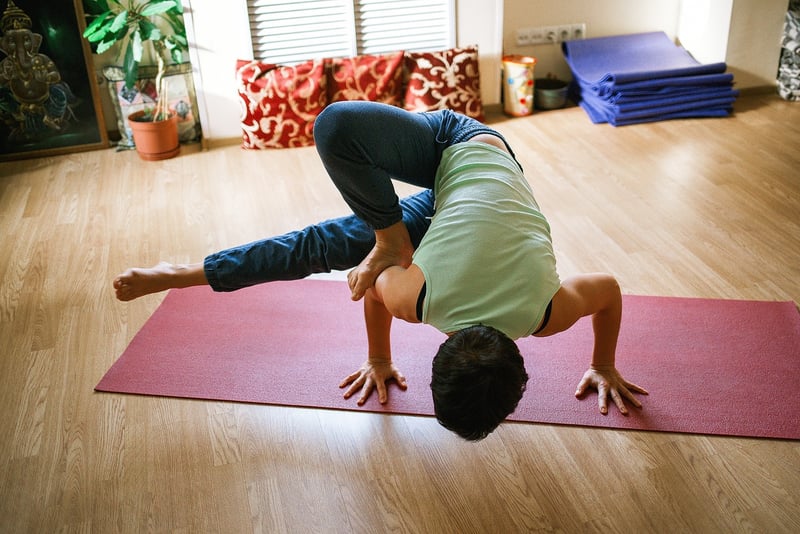Pranayama Techniques
Techniques to Improve Breath Awareness and Control + Pranayama Techniques
Introduction
Proper breathing techniques can have a profound impact on our physical, mental, and emotional well-being. By cultivating breath awareness and control, we can enhance our overall health and vitality. In this article, we will explore various techniques to improve breath awareness and control, as well as introduce some foundational pranayama techniques from the ancient practice of yoga.
Breath Awareness and Control Techniques
1. Diaphragmatic Breathing
Diaphragmatic breathing, also known as belly breathing, involves breathing deeply into the abdomen rather than shallowly into the chest. To practice diaphragmatic breathing, place one hand on your abdomen and the other on your chest. Inhale deeply through your nose, allowing your abdomen to rise while keeping your chest relatively still. Exhale slowly through your mouth, feeling your abdomen fall. Repeat this process for several breaths to enhance your breath awareness and control.
2. Box Breathing
Box breathing is a technique that involves inhaling, holding the breath, exhaling, and holding the breath again, each for an equal count of time. Start by inhaling deeply for a count of four, hold the breath for a count of four, exhale for a count of four, and hold the breath again for a count of four. This technique can help regulate the breath and calm the mind.
3. Alternate Nostril Breathing
Alternate nostril breathing is a pranayama technique that involves breathing through one nostril at a time. To practice this technique, use your right thumb to close your right nostril and inhale through your left nostril. Then, use your right ring finger to close your left nostril and exhale through your right nostril. Repeat this process, alternating nostrils with each breath. This technique can help balance the flow of energy in the body.
Pranayama Techniques
1. Ujjayi Pranayama
Ujjayi pranayama, also known as victorious breath, involves breathing slowly and deeply through the nose while slightly constricting the back of the throat. This technique creates a gentle oceanic sound that can help focus the mind and deepen concentration during yoga practice.
2. Kapalabhati Pranayama
Kapalabhati pranayama, or skull-shining breath, is a breathing technique that involves rapid, forceful exhalations followed by passive inhalations. This dynamic breathwork can help cleanse the respiratory system, increase energy levels, and improve mental clarity.
3. Bhramari Pranayama
Bhramari pranayama, or humming bee breath, is a calming breathing technique that involves creating a gentle humming sound during exhalation. By focusing on the sound and vibration, this practice can help reduce anxiety, calm the mind, and induce a sense of relaxation.
Conclusion
By incorporating these techniques into your daily routine, you can enhance your breath awareness and control, promote relaxation, and improve your overall well-being. Whether you are a beginner or an experienced practitioner, exploring these breathwork practices can deepen your connection to your breath and cultivate a sense of inner peace.

Remember to practice these techniques mindfully and with patience. Embrace the transformative power of your breath and discover the profound benefits of breath awareness and control.
